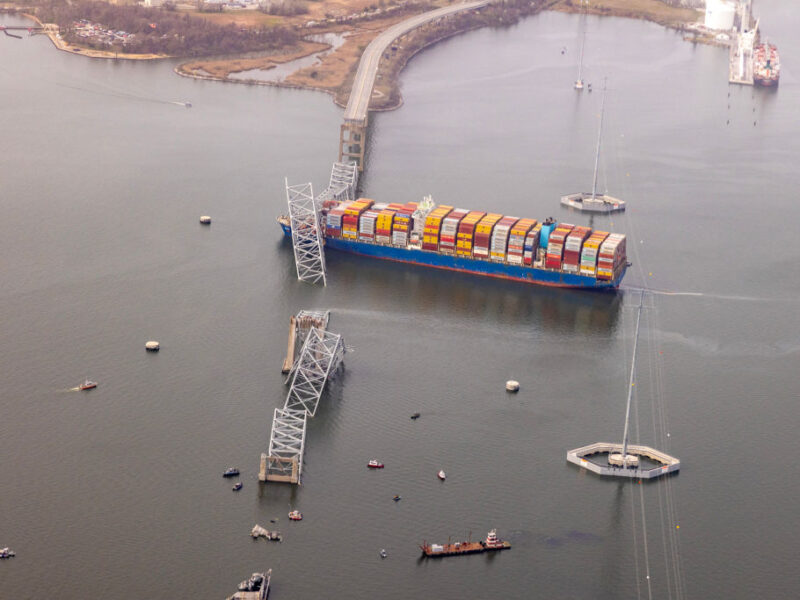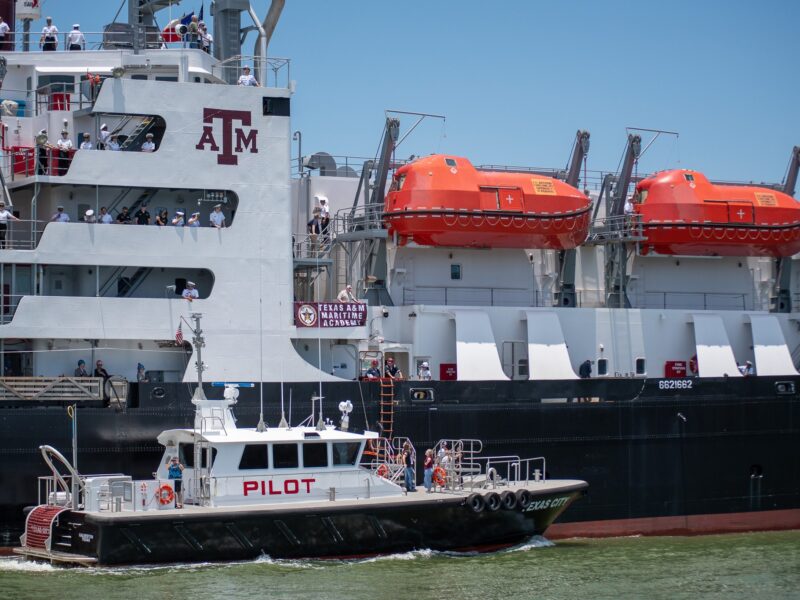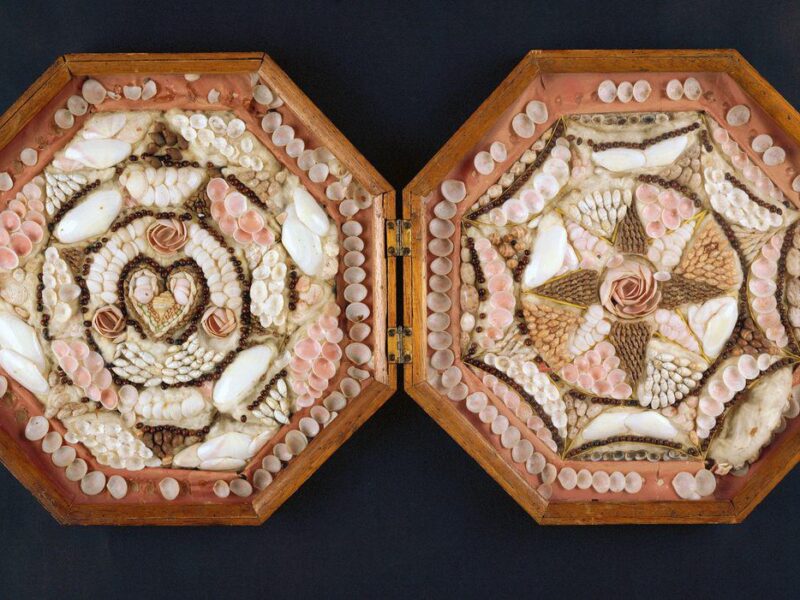Texas A&M-Galveston Returns Rare Sea Turtle To Gulf Of Mexico
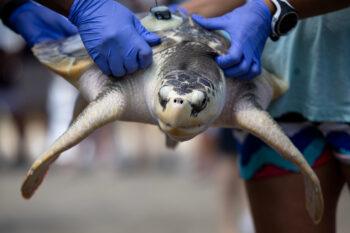
The green and white flag of Wales is not a typical sight on Galveston’s beaches, yet one waved proudly in the sea breeze Tuesday as residents of the small nation in the southern United Kingdom said goodbye to an unlikely visitor.
For Tally, a rare Kemp’s ridley sea turtle who washed up on Wales’ Talacre beach in 2021, the festivities marked the end of a harrowing transcontinental voyage — almost 10,000 miles round-trip — as scientists from Texas A&M University at Galveston helped release the 6-to-7-year-old turtle back into her native habitat.
“It’s been an international effort,” said Dr. Christopher Marshall, a professor in the Department of Marine Biology and director of the Gulf Center for Sea Turtle Research, which oversaw Tally’s tagging and release. “We’re honored to be part of this group.”
Native to the warm waters of the Gulf of Mexico, Kemp’s ridleys are the smallest and most critically endangered species of sea turtle on Earth. So when Tally turned up on a frigid beach halfway around the world, fighting for her life, the discovery made international headlines. It took nearly two years of work by scientists and conservation groups to restore Tally to good health and bring her back to the Gulf.
“This is such a huge part of our mission, and we have some of the some of the most talented team members in the entire world here,” said Dr. Debbie Thomas, Texas A&M at Galveston’s chief academic officer. “It’s been a huge privilege to contribute to this effort and see one of our most endangered species safely rehabilitated and returned to its proper environment.”
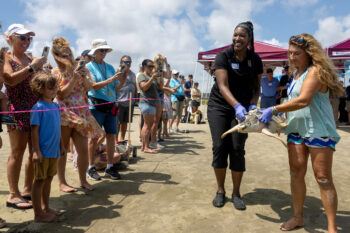
The team’s efforts culminated in a release ceremony at Galveston’s Stewart Beach on Tuesday afternoon, as members of the public and those who played a role in Tally’s recovery came out to watch the now-healthy 30-pound turtle swim off into the surf.
For Syrena Johnson, a senior biologist with the U.S. Fish and Wildlife Service who helped secure approval for Tally’s transportation to the U.S., the moment was both surreal and satisfying.
“I understand the biological significance of her being returned here, but it’s even cooler to actually witness and be part of it,” said Johnson, who helped carry Tally down the beach and into the water. “She was ready, I can certainly tell you that — hearing the waves, I think something just clicked for her and she was ready to be returned.”
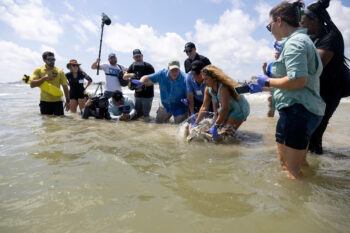
The Long Road Home
While Kemp’s ridleys spend much of their lives in and around the Gulf of Mexico, Marshall said a fair number are known to travel farther, even going around the tip of Florida and up the East Coast of the United States.
“Our first patients here in this hospital were Kemp’s ridleys from Cape Cod, but Tally went even further than that,” Marshall said, noting that ocean currents have been known to carry some turtles thousands of miles from their native waters. “Often once they start going north, they get lost in cold water and they don’t survive. So she was very lucky that people found her.”
Tally was first discovered by a man walking his dog along the shoreline in the Welsh county of Flintshire. A storm had just come through the area, and Tally was lying unresponsive on the beach, suffering from cold shock.
She spent the next 18 months at nearby Anglesey Sea Zoo, where her caretakers slowly raised her body temperature and began nursing her back to health. Once Tally was healthy enough to survive the journey, nonprofit organization Turtles Fly Too worked with members of the Royal Air Force to fly her to Texas, where she was quarantined and examined by a team of veterinarians at the Houston Zoo before the final leg of her journey in Galveston.
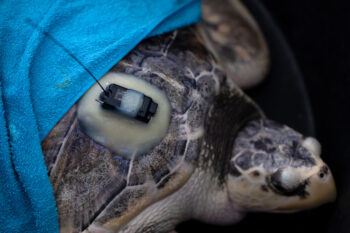
By Tuesday morning, researchers at the Gulf Center for Sea Turtle Research had fitted Tally with identification tags and tracking devices, which will allow them to follow her movements as she reintegrates into her habitat.
“Part of our long-term research is to understand how sea turtles use the Galveston Bay estuary system,” Marshall said. “We’re the first ones to do that, and we now have satellite tags out on about 30 turtles.”
The data they collect will aid in conservation efforts as researchers work to understand how turtles’ movements and behaviors are impacted by climate change and other environmental factors.
New Hope For A Struggling Species
As Johnson explained, any Kemp’s ridley that can be rescued and returned to the wild is a major victory, providing much-needed genetic diversity for a species whose numbers have been severely thinned out by human activity.
“With the population being so small, you run the risk of there being inbreeding,” Johnson said. “Hopefully she’ll be able to mate, so the population can grow and she can pass on her genetics.”
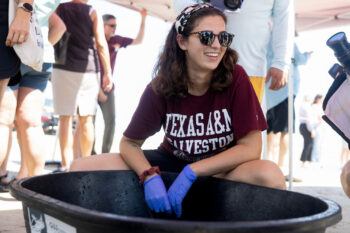
The position of Kemp’s ridleys is particularly precarious due to the limited number of areas where females will come ashore to lay their eggs. Until the late 1970s, the species had only one nesting site, at Rancho Nuevo in Mexico. Thanks to years of work by people like Dr. Donna Shaver ’99, a scientist with the U.S. National Park Service who holds a doctorate in zoology from Texas A&M, a second nesting site has been established in Texas at Padre Island National Seashore.
Shaver said she and other researchers are still working to understand the nesting habits of Kemp’s ridleys and identify habitats that will give the species the best chance of survival: “These aren’t going to be easy questions to answer, but they’re important,” she said.
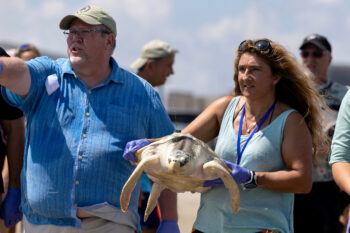
For its part, Texas A&M at Galveston is currently raising $20 million to expand the Gulf Center for Sea Turtle Research, including new facilities and an enhanced focus on public outreach and ecotourism, educating visitors on the importance of conservation and training them to be good stewards of their coastal environment.
“There’s a huge need for broader education and outreach,” said Texas A&M-Galveston’s Thomas. “The sea turtle facility that Dr. Marshall and his team have envisioned is going to be a game changer.”
The Center’s expansion depends on donations. Anyone can donate to the Gulf Center for Sea Turtle Research to help conserve these turtles for the next generation and beyond. The Center is also seeking corporate partnerships. For larger gifts, please contact Anna Hyatt.
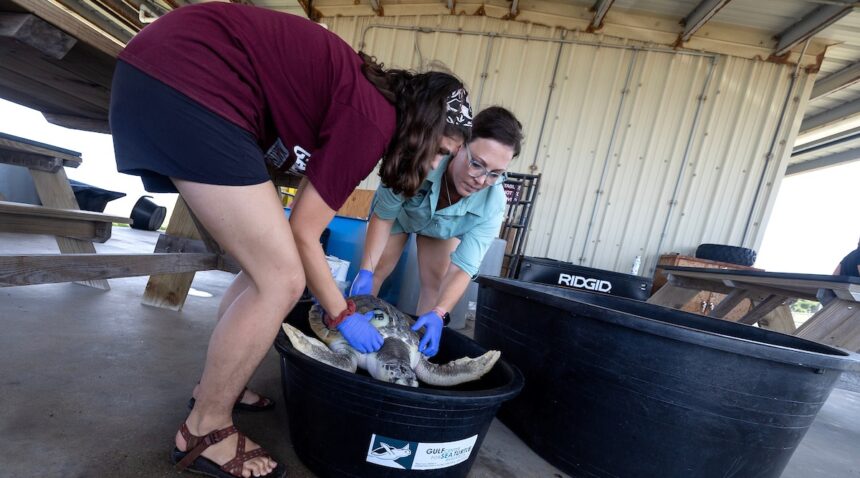
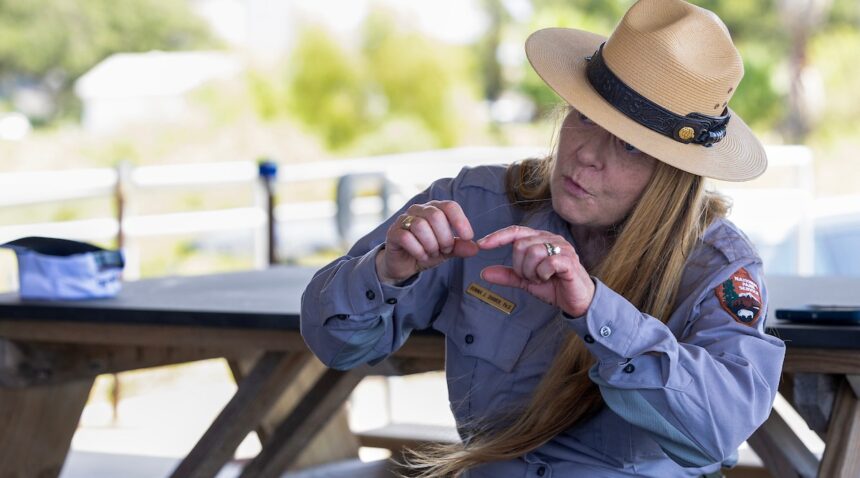
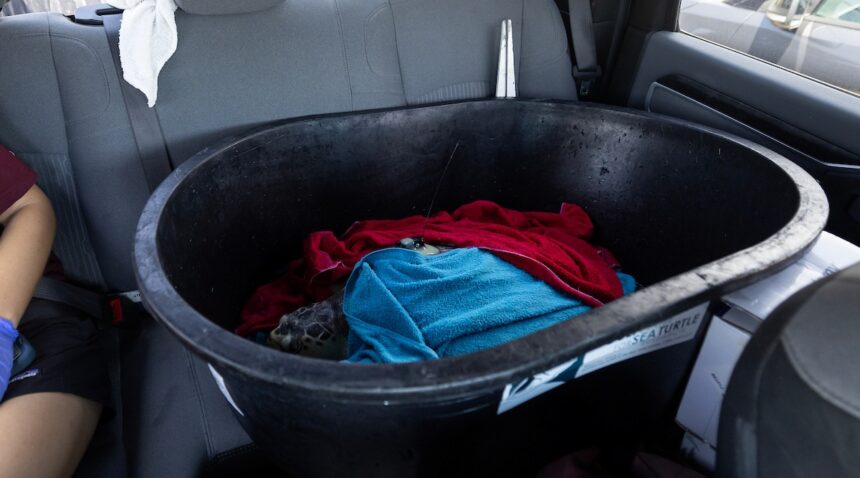
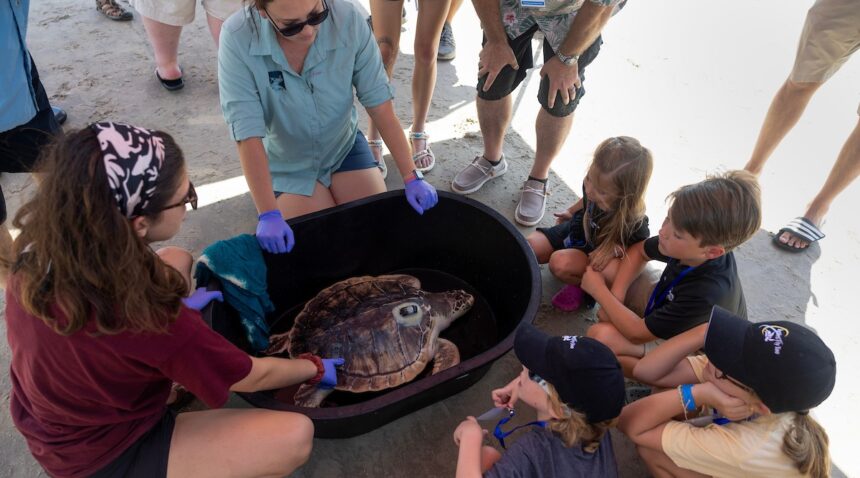
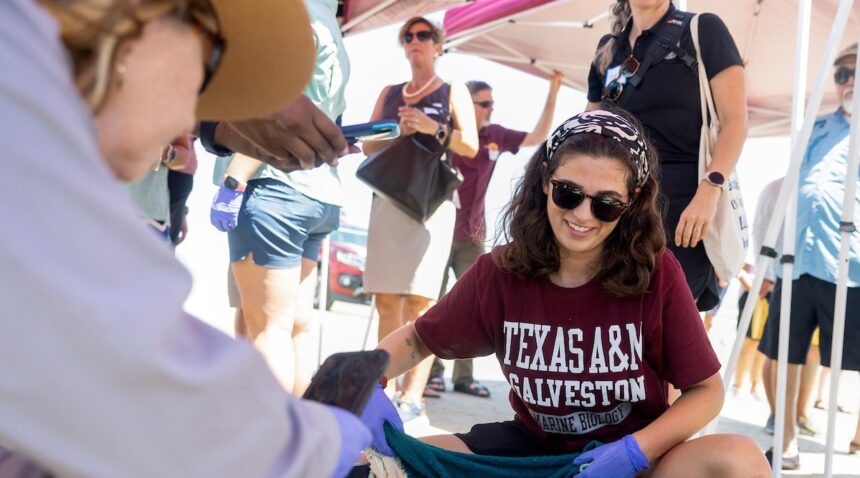
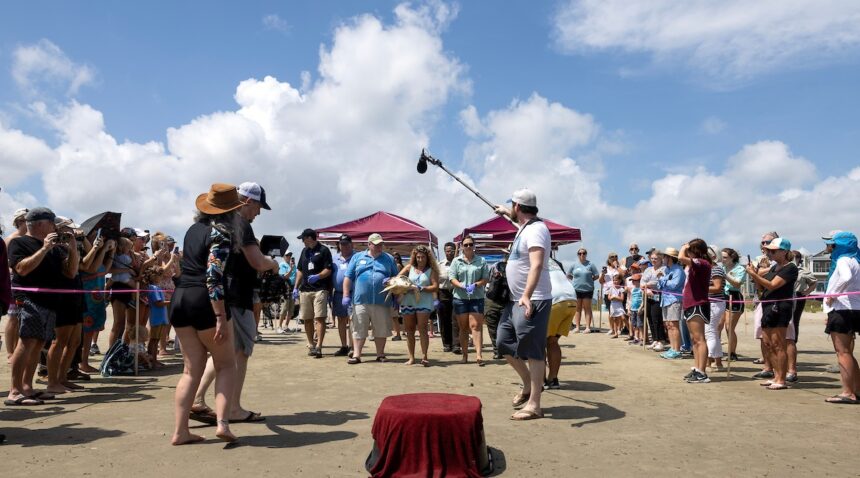
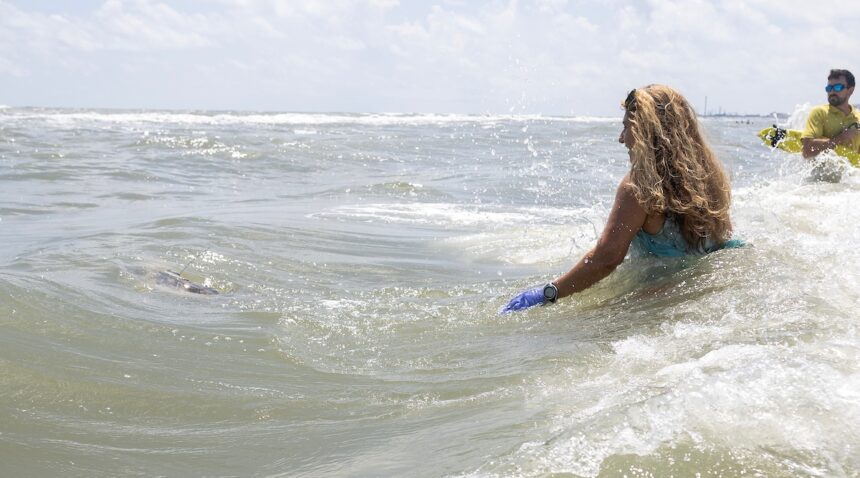
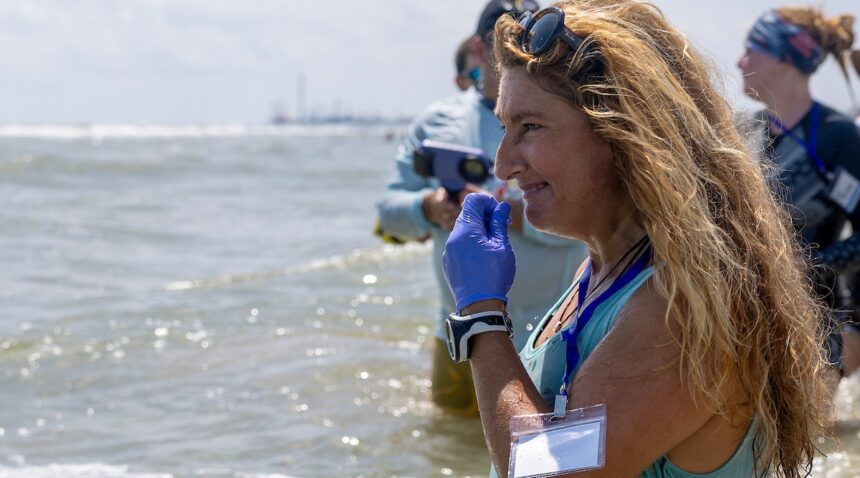
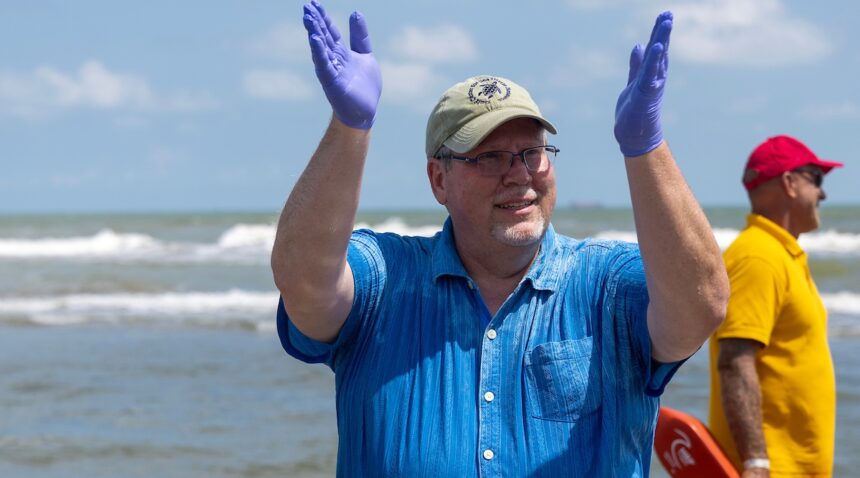
Media contact: Rebecca Watts, rwatts@tamu.edu
